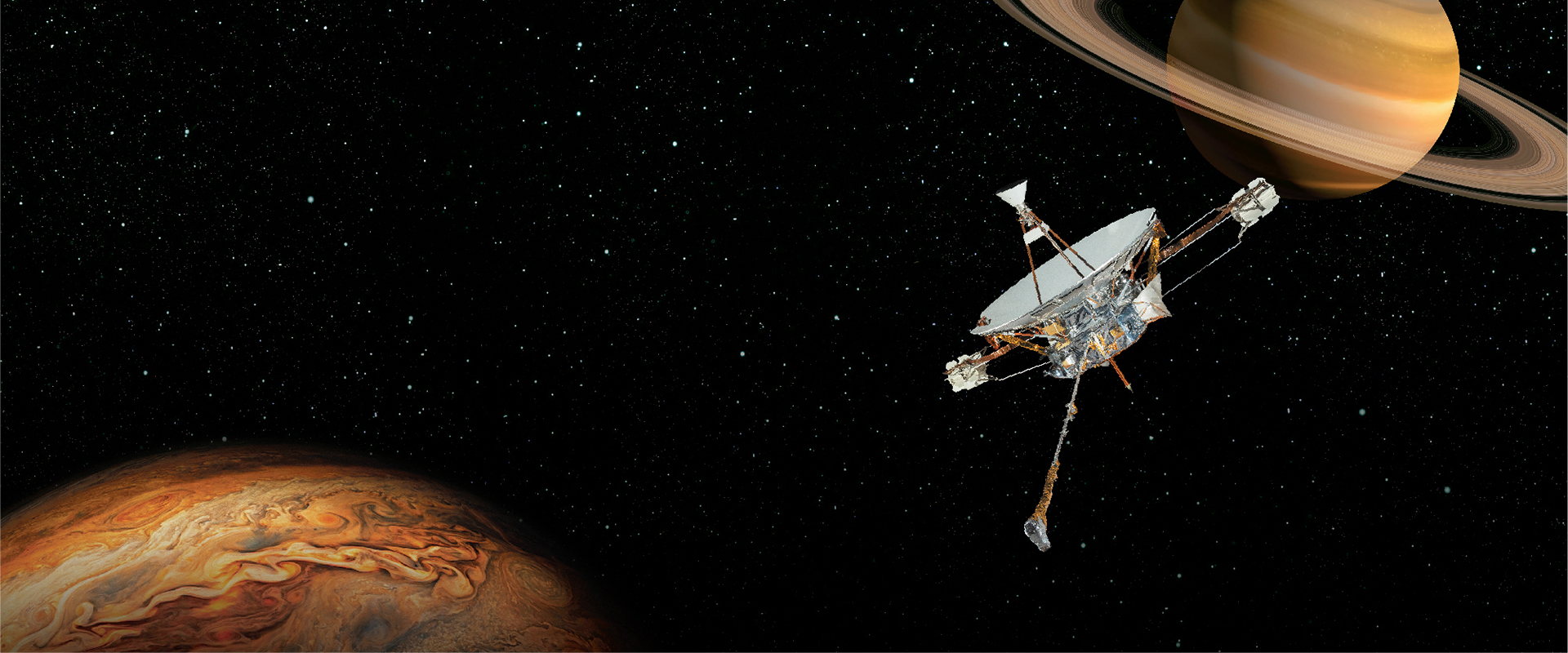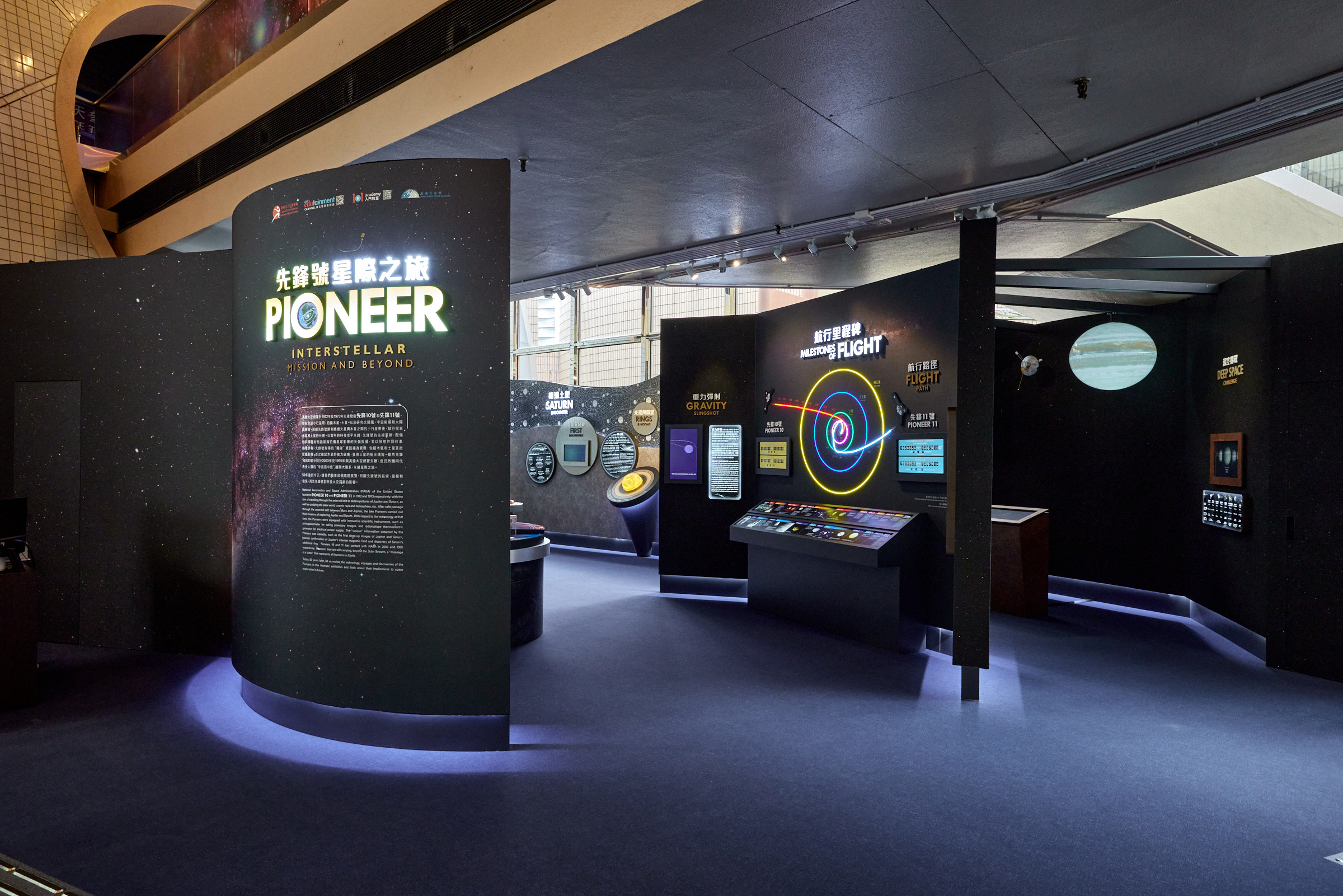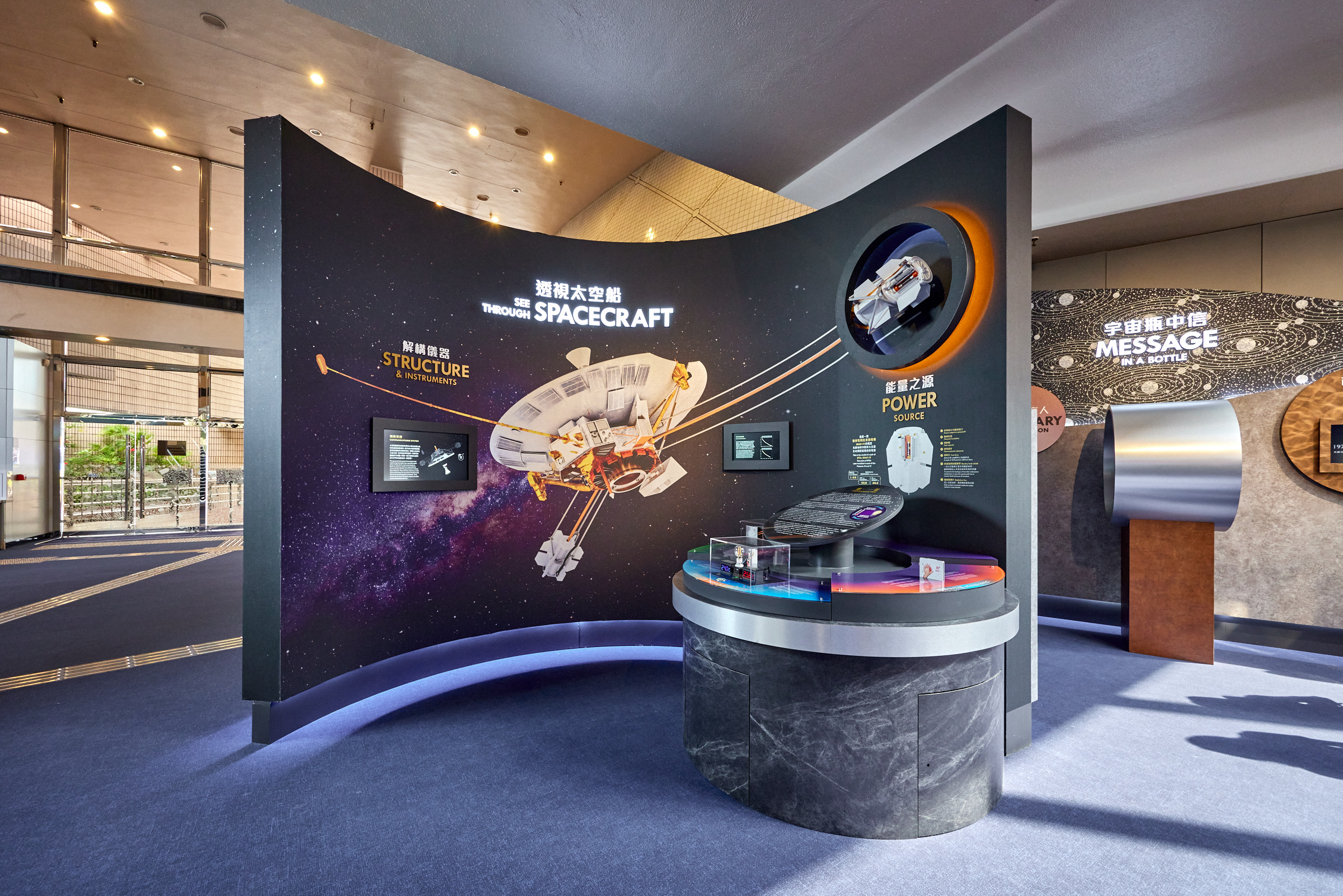National Aeronautics and Space Administration (NASA) of the United States launched Pioneer 10 and Pioneer 11 spacecraft in 1972 and 1973 respectively, with the aim of travelling through the asteroid belt to obtain pictures of Jupiter and Saturn, as well as studying the solar wind, cosmic rays and heliosphere, etc. After safe passage through the asteroid belt between Mars and Jupiter, the two Pioneers carried out their missions of exploring Jupiter and Saturn. With respect to the technology at that time, the Pioneers were equipped with innovative scientific instruments, such as photopolarimeter for taking planetary images, and radioisotope thermoelectric generator for electrical power supply. The "exclusive" information obtained by the Pioneers was valuable, such as the earliest close-up images of Jupiter and Saturn, first-time confirmation of Jupiter's intense magnetic field and discovery of Saturn's new ring. Pioneers 10 and 11 lost contact with NASA in 2003 and 1995 respectively. Nevertheless, they are still carrying, beyond the Solar System, a "message in a bottle" that represents all humans on Earth.
Today, 50 years later, let us review the technology, journey and discoveries of the Pioneers and their implications to future space exploration in this exhibition.
| Venue: | Foyer, Hong Kong Space Museum |
| Exhibition period: | 26 October 2022 - 29 May 2023 |
| Free admission | |










